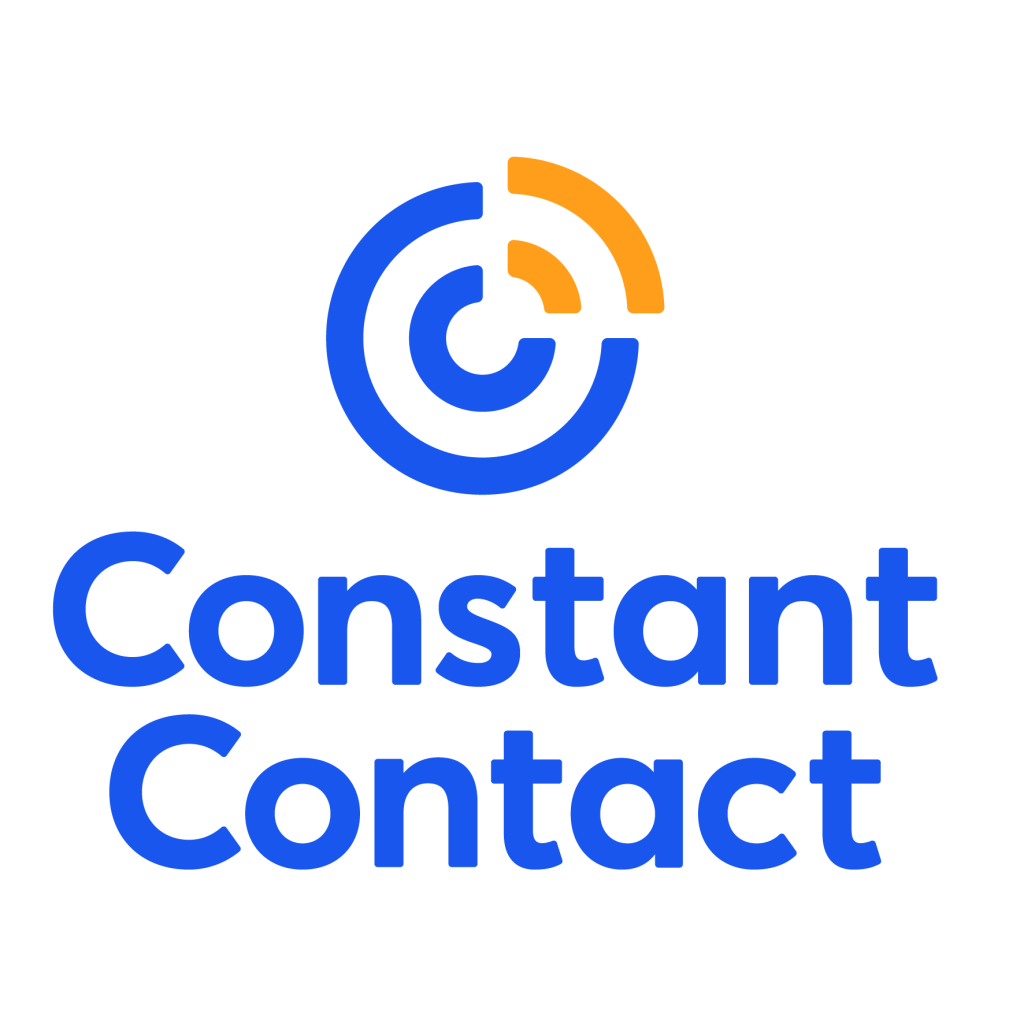Email fundraising offers a powerful and cost-effective way for nonprofits to reach their audiences and encourage donations. Through email marketing, nonprofits are able to quickly connect with potential donors and build relationships that last. But in order to inspire action from your donors, your fundraising emails need to follow some simple best practices each and every time.
Whether you’re seeking to optimize a recurring ask or make the most of a single campaign, here are some of the top nonprofit email fundraising essentials to keep in mind.
Segment and personalize
Personalization is a crucial aspect of effective email fundraising, and one of the easiest ways to do this is through email list segmentation.
Gather data
Gathering data on donor preferences, demographics, giving background, and other applicable information can aid you in forming donor segments based on factors they find meaningful. This allows you to customize your messaging and offers for each group, so they feel like it was made exclusively for them.
Analyze Data
After running a campaign, take note of which segments responded favorably or unfavorably to help gain an understanding of how distinct segments react. This enables you to refine future campaigns to guarantee maximum engagement.
Be specific and informative
Donors want to know how their money will be put to use, and providing specific information about the cause can be a powerful motivator.
Tell a story
When outlining the need for donations, it’s important for nonprofits to be both informative and inspiring. Start by telling the story of how donations have helped people in the past and provide concrete examples of success stories. This helps donors understand how their money would make a difference if they gave, giving them a personal connection with the cause.
Provide context
In addition to these stories, include relevant facts and statistics about the issue. This provides context around why donations are needed and shows that there is indeed an urgent need for support. If possible, provide links to more detailed information so that donors can learn more about what they are donating towards.
Be transparent
Finally, make sure you explain exactly how donations will be put to use so that donors feel confident in their decision when giving. By being transparent about where funds are going and how funds have been used in the past, you build trust and increase engagement.
Say it in the subject line
When it comes to successful email fundraising, one of the most important elements to consider is crafting a compelling and effective subject line. Here are some ideas for creating an effective subject line for your email fundraising campaigns:
- Embody the impact in your subject line. What will your fundraiser allow you to do? For instance, “Feed a hungry family” and “Help us fix our shelter” are both short, compelling messages that describe what you’re trying to achieve.
- Keep it short and sweet. Your goal should be to communicate the message with as few characters as possible. This is especially important when taking into account how many mobile devices now truncate subject lines after about 20-30 characters.
- Include action words. Consider including urgent, actionable language to capture your donors’ attention. “Donate now” or “Help us reach our goal” are clear and actionable phrases.
- Avoid all caps and exclamation points. Refrain from using all caps or too many exclamation points in your subject lines, as this could make people mistake your email for spam.
- Test, test, and test more. Using A/B testing to understand what subject lines resonate with your specific audience can help you shape your subject lines in the future for the greatest possible engagement.
Don’t forget the follow-up
The emails that come after a donation are just as important to your relationship with your donors as the fundraising request itself. Following up with donors after they donate is a great way to thank them for their contribution, build relationships, and increase donations. Here are some tips to help nonprofits do just that:
Recognize donors and say thank you
The most basic of post-donation communications, a ‘thank you’ email after a donation has been received, is essential in showing appreciation and building relationships with your donors.
Share updates
Once your campaign is complete, keeping your donors updated on how their donations are being used builds trust from your supporters. This can be done through emails or regular newsletters that provide updates on how the money was allocated, what progress has been made, and stories of success from those who have benefited from the funds raised.
Give them opportunities to give again
It’s important to give existing supporters opportunities to donate again if they so choose. You can do this by sending out reminders about upcoming campaigns, keeping them informed about changes in your organization, and asking them to share your cause with friends or family members who may be willing to contribute as well.
Measure, test, and refine
Measuring the success of email fundraising campaigns is essential for nonprofits looking to reach their goals. Tracking the performance of campaigns, analyzing key metrics, and using A/B testing can help organizations optimize their emails and ensure they are reaching maximum potential. Here are some tips for measuring the effectiveness of your email fundraising efforts.
Identify and monitor your key metrics
It’s important to track the performance of each campaign in order to identify which strategies are most successful. Track open rates, click-through rates, unsubscribes, bounces, donations, and any other metric relevant to your organization. If you find that certain emails or types of emails have higher engagement than others, you can use this information to inform future campaigns.
Conduct A/B testing
Utilizing A/B testing allows you to experiment with different versions of an email and see which one performs best. Try different subject lines, visuals, calls-to-action—anything that could potentially impact engagement—by sending out two versions of the same email to small segments of your audience and tracking results. This will help you optimize your messages for maximum impact while providing valuable insights into donor behavior.
Compare email types
Comparing different types of emails (such as promotional versus educational or segmented versus full-list) will give you a better understanding of how donors respond to each type and why they engage with certain messages more than others. Understanding these differences will help non-profits craft the perfect message every time while improving overall donation amounts.
Ask for feedback
Qualitative feedback is just as important as quantitative feedback. Periodically ask your donors for feedback on your communications, what they would like to see more of, and what inspires them to support your cause in the first place. This can allow you to extrapolate what to do more of (or less of) to engage your audience more effectively.
Understand that your nonprofit is unique
Even with these essential elements in your toolbox, the most important thing to remember is that your nonprofit and its supporters are unique, and any email fundraising approach you take can be refined, improved, and tweaked to appeal to your audience and your cause in a way that you know best.
Applying everything you know about your donors and their support for you to these basic fundamentals can take you from a campaign that checks all the boxes to a campaign that drives all the donations, and help you build a loyal and active donor base.
About Constant Contact

Constant Contact is an all-in-one digital marketing platform that helps you grow a loyal supporter base across a variety of communication channels fast. Use our powerful tools to find and capture your target audience. Our platform has multiple communication channels in one place to seamlessly build relationships, repeat donations, and drive referrals. Constant Contact also has real-time analytics to help you know what is attracting and engaging supporters best.



